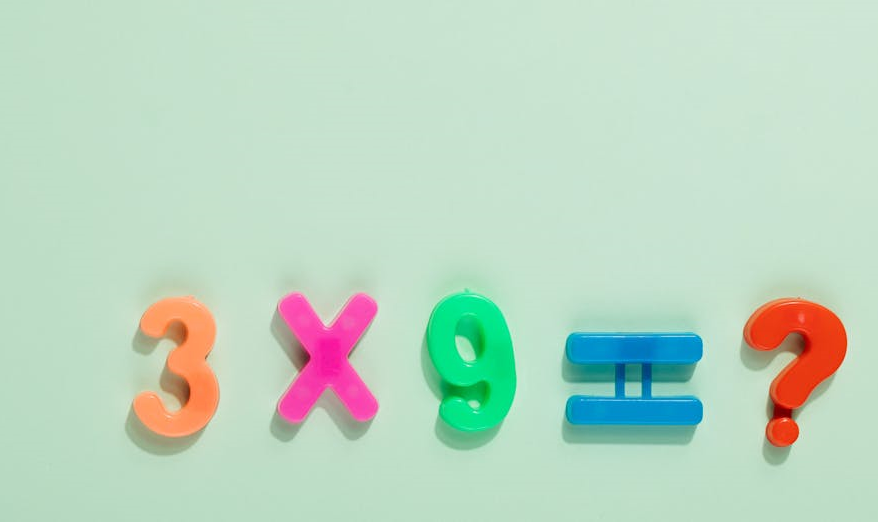Even after decades of research, the debate over how best to teach students math memorization (meaning the ability to recall answers to simple math problems) continues. However, a recent article from Education Week (EdWeek) offers some fundamental guidelines. The K-12 news site reviewed a host of studies and spoke with educators and researchers for its story. I’ve summarized four of its big takeaways below.
Let students hone their skills in gradual succession
The article explains that teaching too many new “math facts” at once can be counterproductive and ineffective, suggesting that teachers start with a few at a time. “When you use all the number combinations randomly, that is too much for a kid to remember,” Nicole McNeil, a professor of psychology at the University of Notre Dame, told EdWeek.
The article points to an approach called “incremental rehearsal,” which involves presenting a flashcard with a math problem that the student knows, plus another card presenting a new concept. The teacher will then slowly add in more “known facts, increasing the time between the known facts and the new one the student is learning.”
Encourage the use of strategies, but recognize their limitations
A great way to help students with their math fundamentals is by teaching basic strategies, even as students develop their own preferred methods. One such strategy, commonly known as “counting on,” can be illustrated in the example of solving 8+5 by counting up from the larger digit: 9, 10, 11, 12, 13.
Another strategy, “decomposition,” is one I commonly use myself. When given an addition problem such as 25+28, this involves reducing the numbers into simpler values (25+25+3). Most students at a certain point will know instinctively that 25+25 equals 50, and therefore the problem is solved by adding 3.
But for multiplication, there are seemingly fewer effective strategies. Not only do they take longer to employ, but the article also questions “whether teaching strategies explicitly helps students reach automatic recall.” However, addition strategies can build a strong basis for multiplication problem solving.
Don’t lose sight of the big picture
Math “fluency,” as EdWeek explains, is somewhat of a debated term, with some seeing it as a person’s basic knowledge or ability to recall math answers, and others viewing it more like the act of problem solving.
Many educators, including elementary math specialist Jill Milton who works for Duxbury Public Schools in Massachusetts, believe we should not lose sight of the bigger picture: flexibility. This involves manipulating less intuitive math problems into those which are more straightforward. Milton gives the example of converting 9+5 into 10+4.
Having this skill is important as students take on more advanced problems later in school.
Be strategic with timed exercises
While solving problems under time constraints might seem stressful for some students, educators point to a key benefit associated with this exercise. It requires students to pull solutions from memory instead of doing manual calculations. As such, it reinforces students’ ability to recall math facts.
“We have to practice what we want to become fluent with,” McNeil told EdWeek. “There is no amount of practice with backup strategy in multiplication that is going to get a student to produce a product in three seconds or less.”
However, more value can be extracted from timed exercises when students are under less pressure. Instead of competing against their peers, for example, a better strategy might be to encourage students to lower their own problem-solving times over a series of attempts.
***
You can read the full article here.

